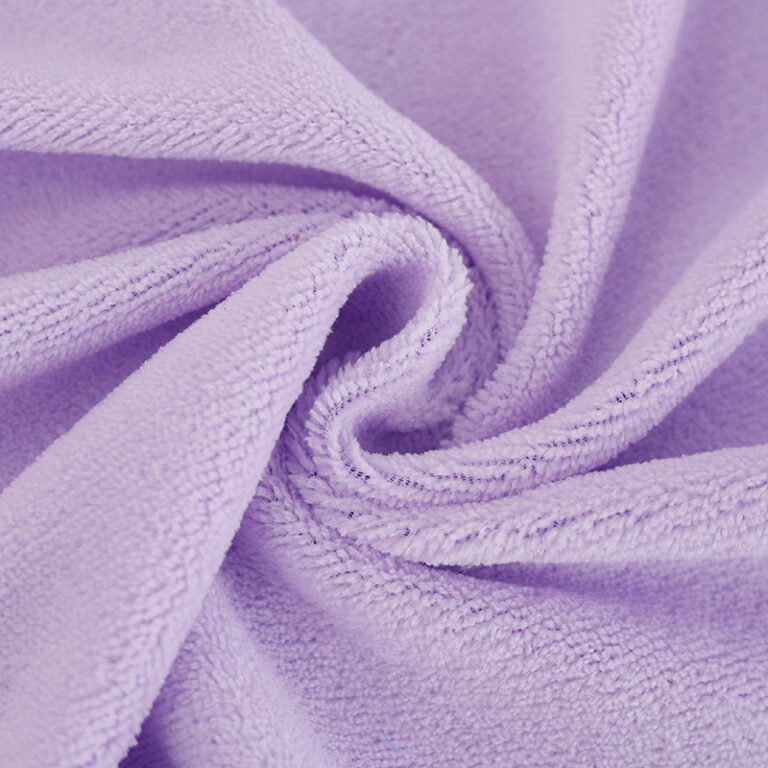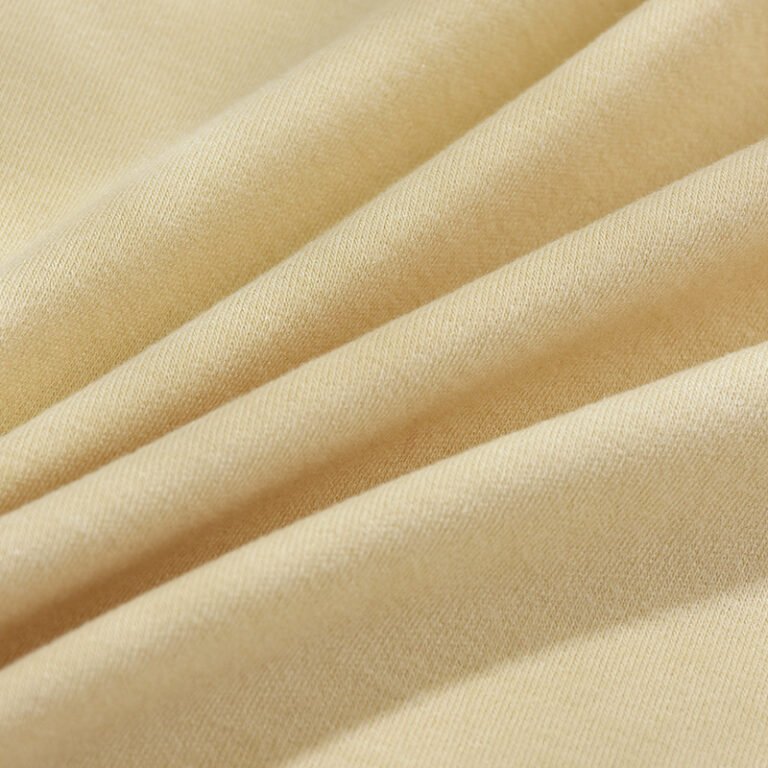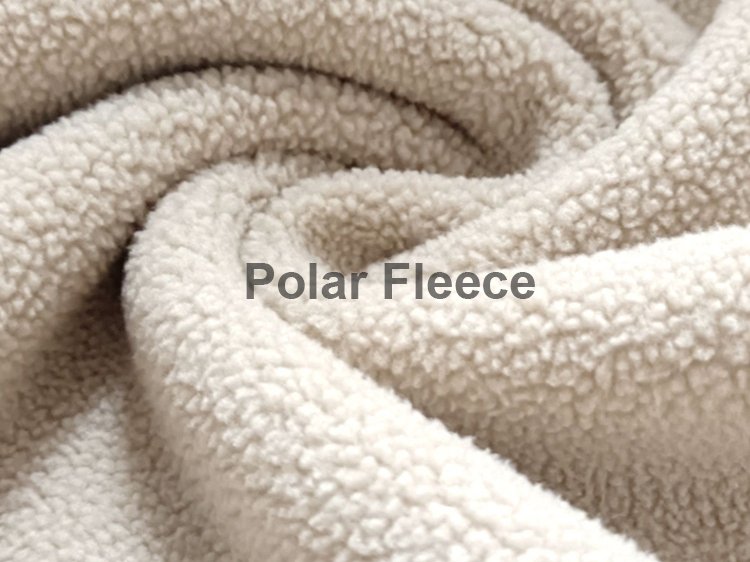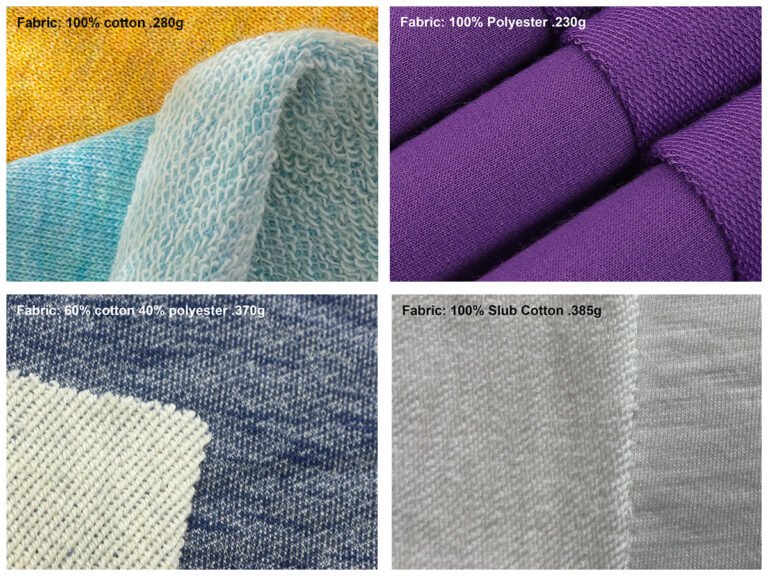Every Successful Clothing Brand From Start-Up
Velvet: Everything You Need to Know
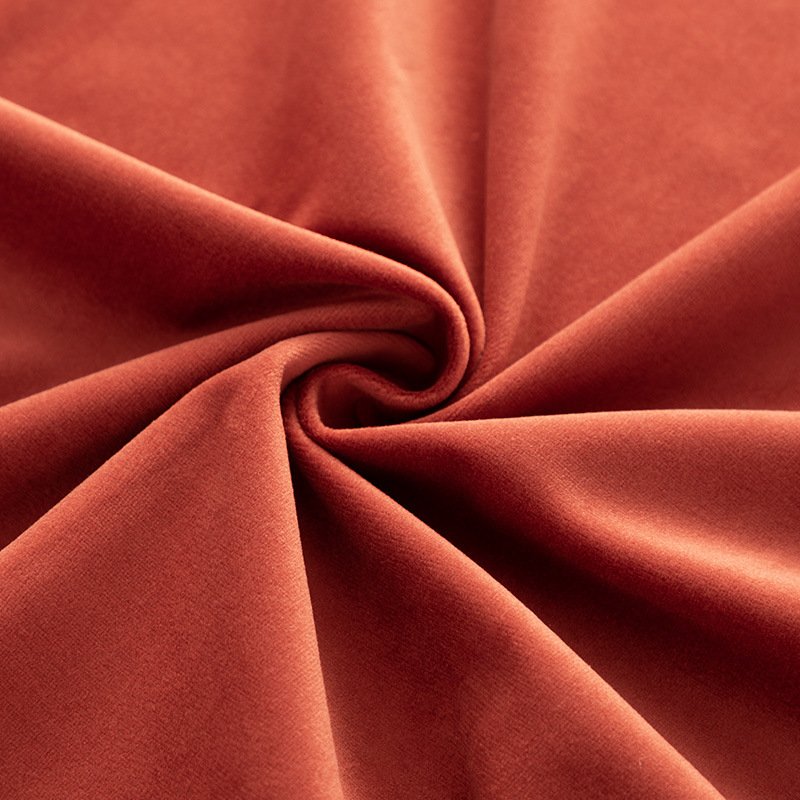
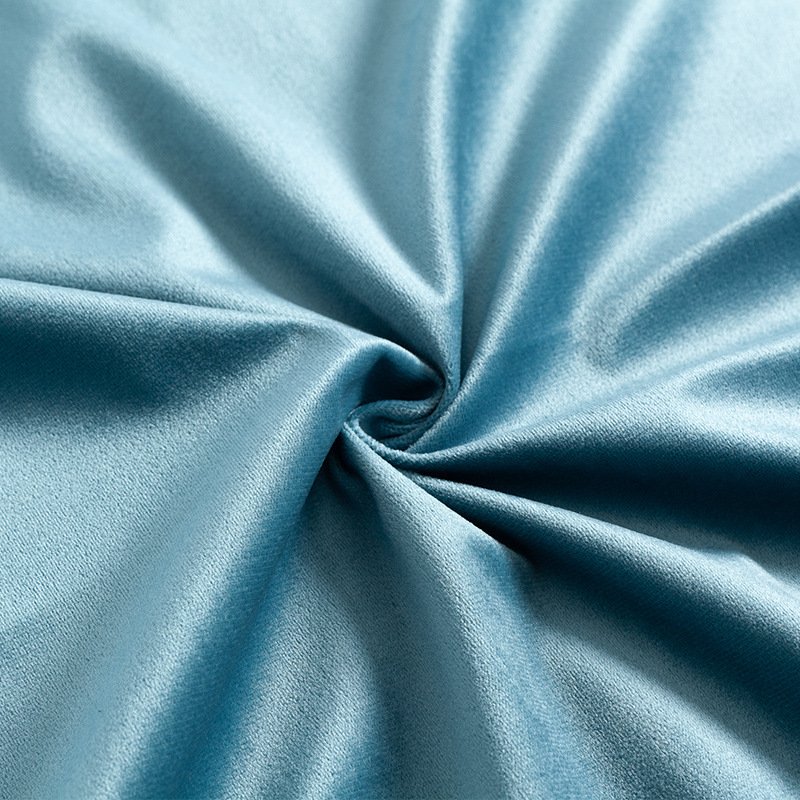
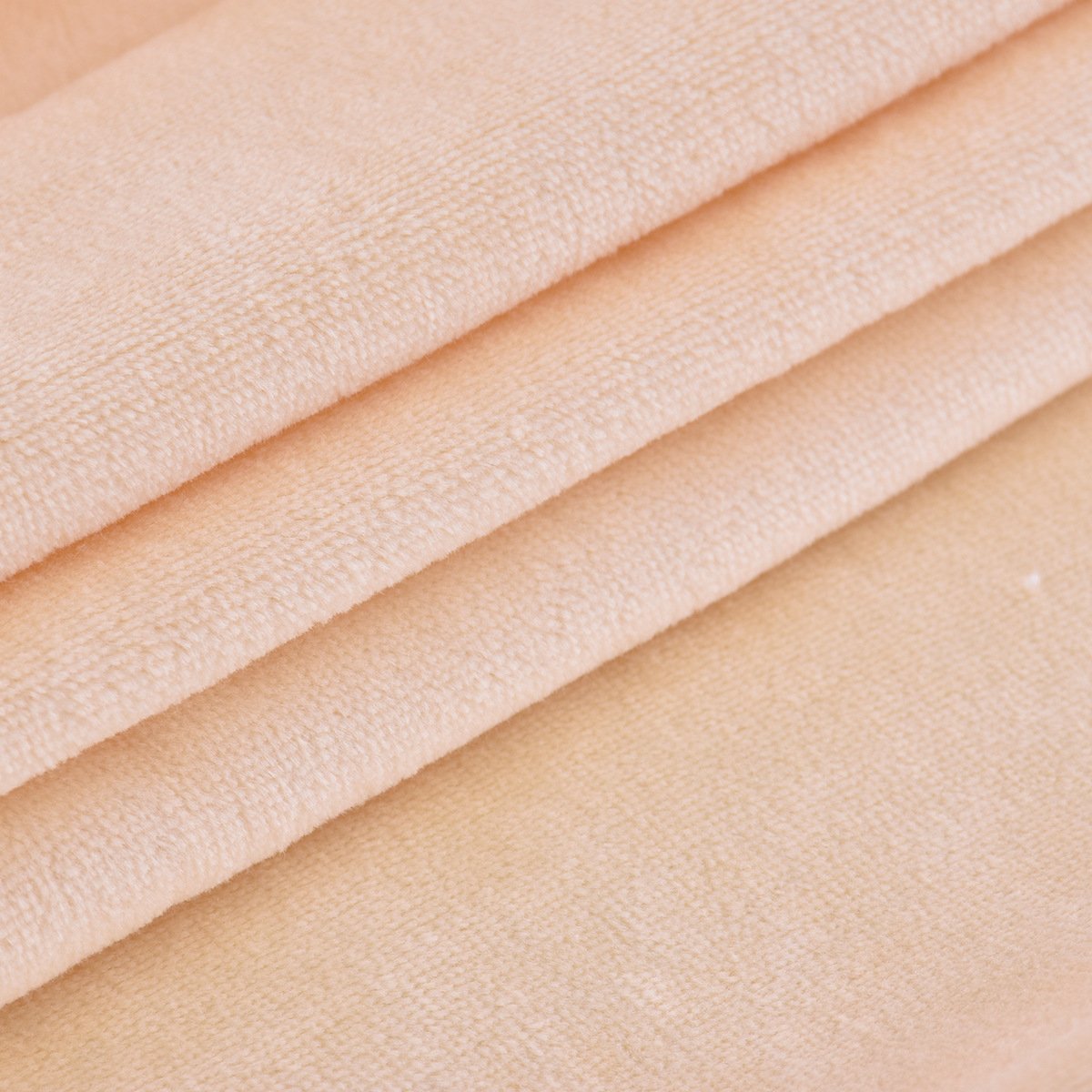
Velvet is a luxurious fabric known for its soft texture and elegant appearance. Originating from the Fujian region in China, velvet has been produced since the Ming Dynasty and is one of the traditional Chinese fabrics. In this blog, we will explore the characteristics, advantages, and disadvantages of velvet, as well as its various applications in the textile industry.
What is Velvet?
Velvet is a type of woven fabric characterized by its short, dense pile surface. It is typically made from silk, but can also be produced from cotton or synthetic fibers. The unique texture of velvet comes from the way it is woven. The fabric is woven on a special loom that weaves two thicknesses of the material at the same time. The two lengths of fabric are then cut apart to create the pile effect, with each piece of fabric being wound on separate take-up rolls.
Advantages of Velvet
- Soft and Delicate Texture: Velvet has a soft and delicate texture, which gives it a pleasing visual effect.
- Comfortable and Elastic: Velvet offers a certain degree of elasticity, making it comfortable and easy to wear.
- Moisture Absorption: Velvet absorbs moisture well, preventing static electricity and providing a smooth touch against the skin.
- Durability: The fabric is durable and maintains its shape even after multiple washes.
- Good Drape: Velvet has a good drape, making it suitable for elegant and sophisticated garments.
- Dyeing Quality: Velvet dyes well, providing vibrant and rich colors.
- Thermal Insulation: The fabric offers a degree of thermal insulation, keeping the wearer warm.
Disadvantages of Velvet
- Maintenance: Velvet can be difficult to clean and maintain, especially with darker colors where lint and dust are more visible.
- Static Electricity: Velvet is prone to static electricity, which can attract dust and lint.
- Susceptibility to Damage: Velvet is delicate and can be easily damaged if not handled with care.
- Seasonal Limitations: In dry seasons, velvet can generate static electricity, affecting its wearability.
Applications of Velvet
- Apparel: Velvet is widely used in women’s dresses, evening gowns, loungewear, and sometimes in children’s clothing and toys. The fabric’s stability and slight elasticity make it ideal for home clothing and toys.
- Decorative Items: Knitted velvet is commonly used for home decoration, such as sofa covers and cushion covers. It is popular in apparel for making suits, sportswear, and seamless clothing.
- Interior Decor: Velvet is often used in indoor decoration, such as chair covers and curtains. The fabric is treated with anti-dirt finishes, making it durable and suitable for indoor use.
Velvet’s versatility and luxurious appeal make it a popular choice in both fashion and home decor. Whether used for clothing or interior decoration, velvet provides a rich, elegant look that is both timeless and sophisticated.
Conclusion
Understanding the characteristics and uses of velvet can help you appreciate its value and versatility. From its soft, luxurious feel to its elegant appearance, velvet remains a popular choice for a variety of applications. By knowing how to care for and maintain velvet, you can enjoy its beauty and elegance for years to come.
For more information on fabric types and their properties, visit our blog at Yuanyi Apparel, where we provide insights into various textiles and their applications.

